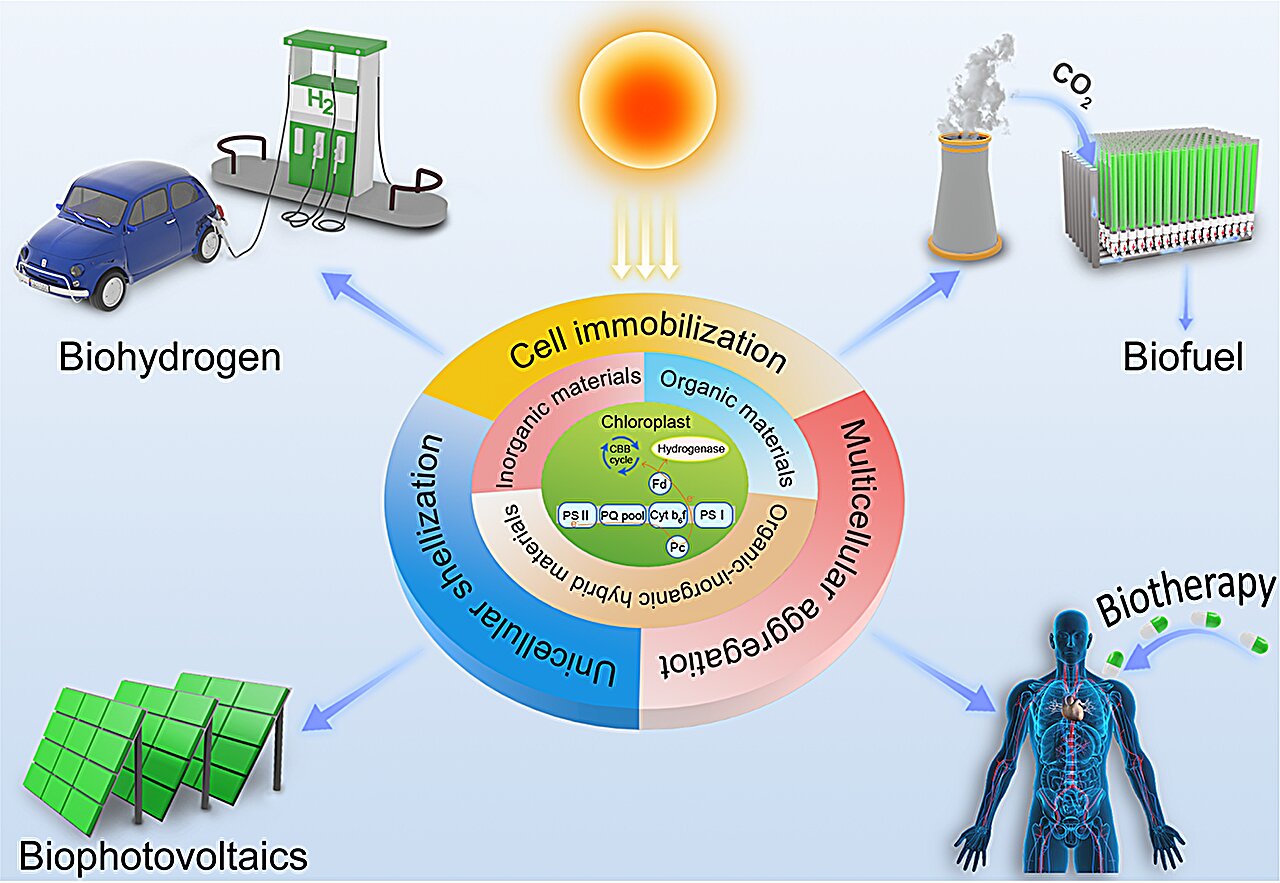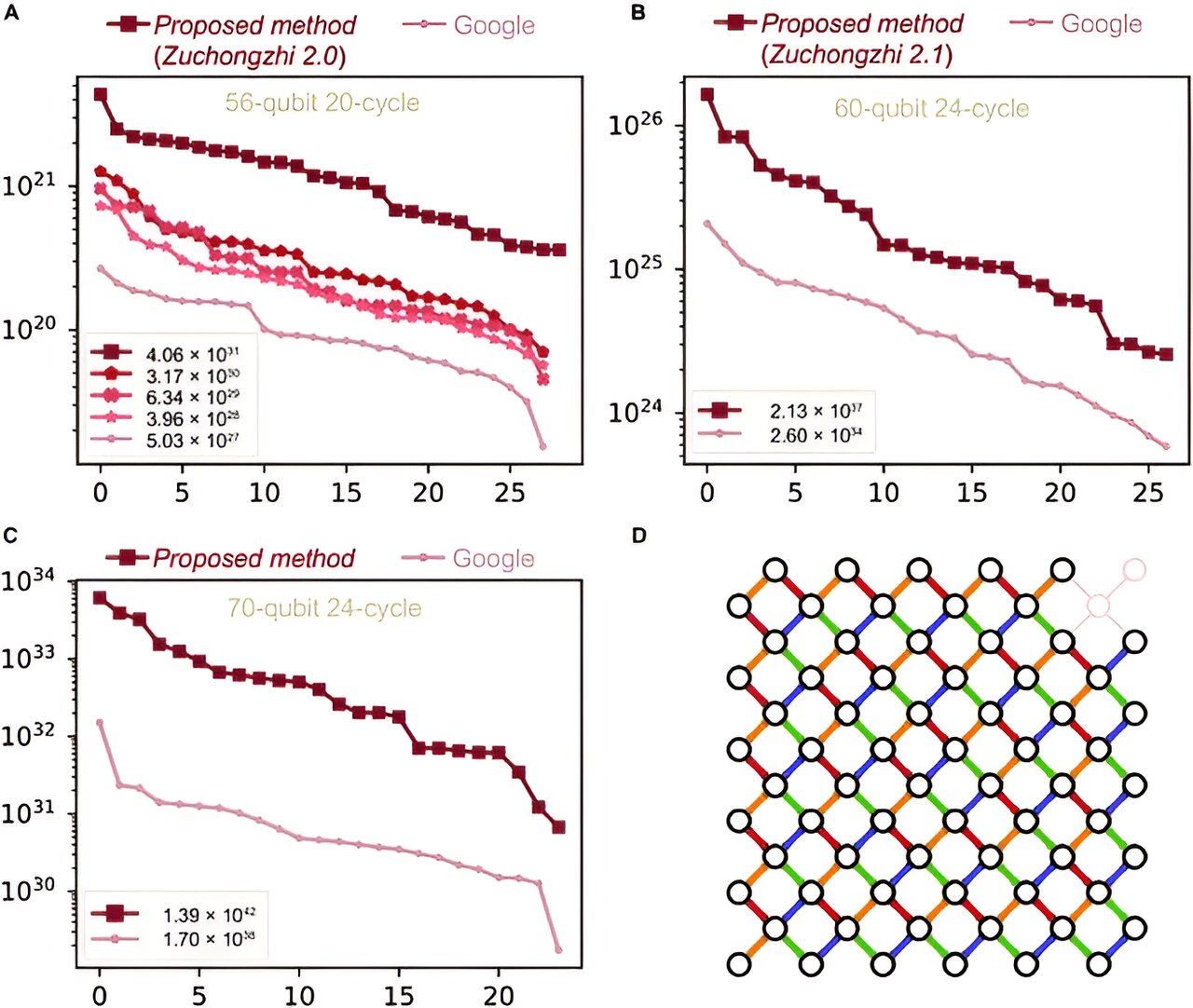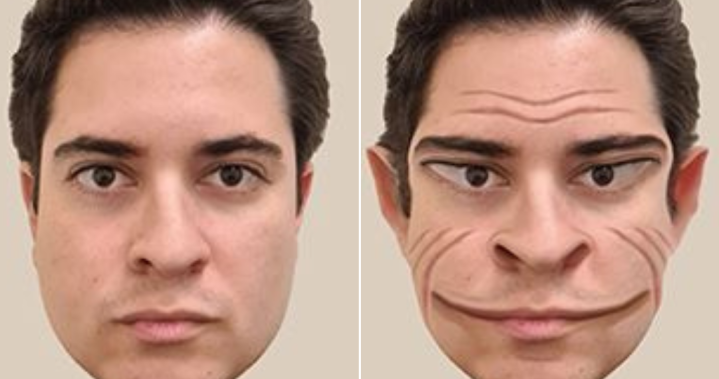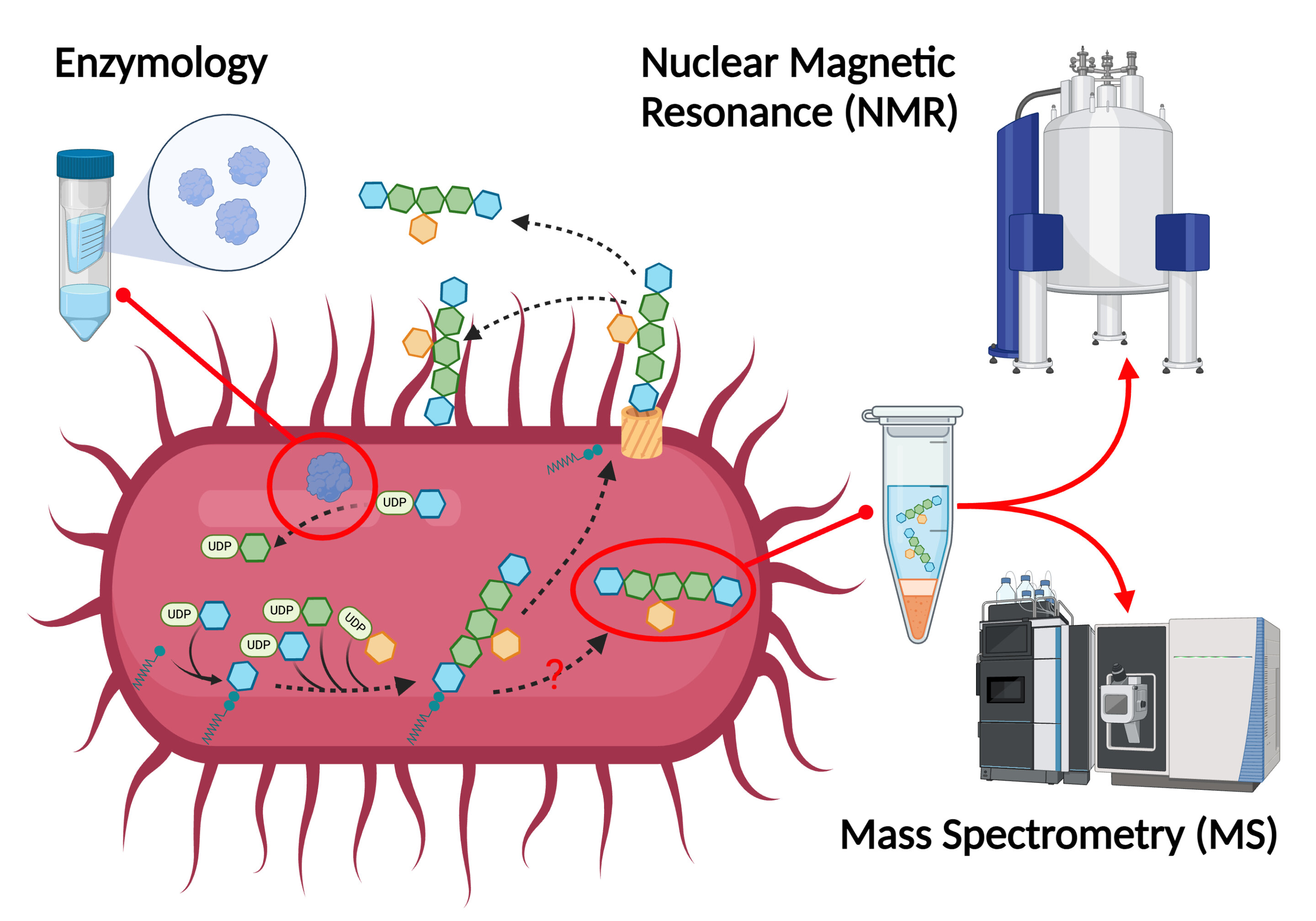New York City owl Flaco was exposed to pigeon virus and rat poison before death, tests show
A Eurasian eagle-owl named Flaco sits in a tree in New York’s Central Park, Feb. 6, 2023. Flaco, New York City’s widely-mourned celebrity owl, was suffering from a severe pigeon-borne illness and high levels of rat poison when he fatally crashed into a building last month, officials at the Bronx Zoo said on Monday, March … Read more
















